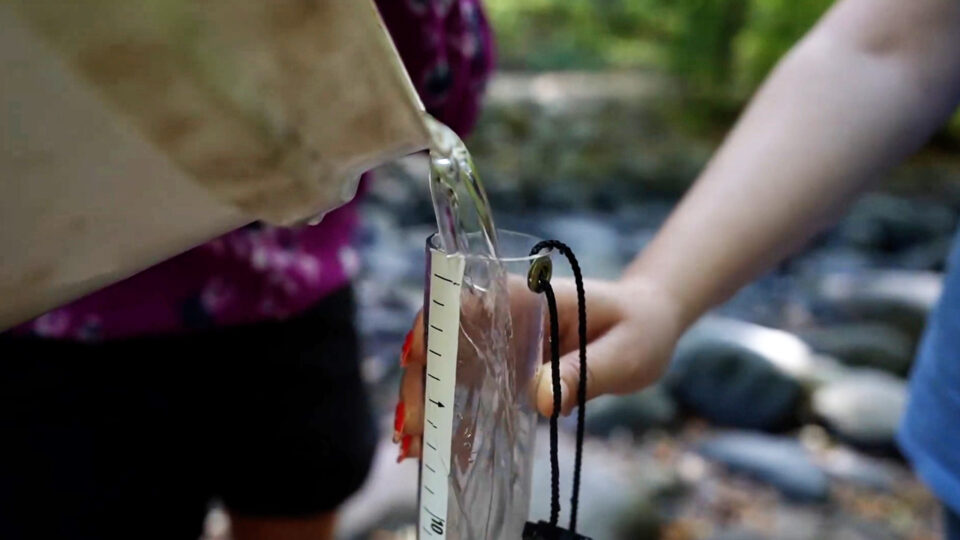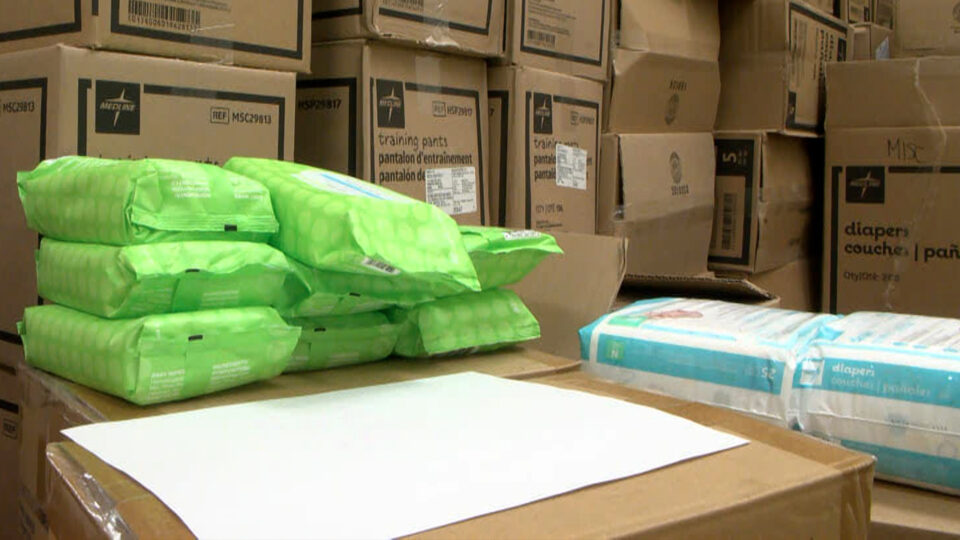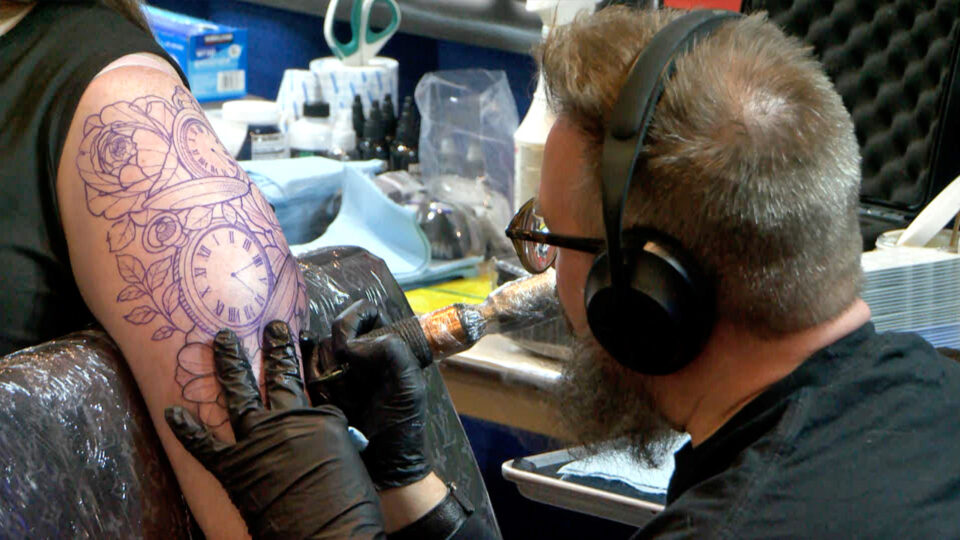Jan 29, 2024 | By: Lakeland News
Dying Thief Who Stole ‘Wizard of Oz’ Ruby Slippers from the Judy Garland Museum Gets No Prison Time
By STEVE KARNOWSKI Associated Press
DULUTH, Minn. (AP) — A dying thief who confessed to stealing a pair of ruby slippers that Judy Garland wore in “The Wizard of Oz” because he wanted to pull off “one last score” was given no prison time at his sentencing hearing Monday.
Terry Jon Martin, 76, stole the slippers adorned with sequins and glass beads in 2005 from the Judy Garland Museum in the late actor’s hometown of Grand Rapids, Minnesota. He gave into temptation after an old associate with connections to the mob told him the shoes had to be adorned with real jewels to justify their $1 million insured value, his attorney revealed in a memo to the federal court ahead of his sentencing in Duluth.
Martin showed little emotion as the judge handed down the sentence and was physically unable to fully rise from his chair as the judge adjourned the hearing. He declined to address the court. But defense attorney Dane DeKrey said the resolution of the case should bring a measure of closure to the government, the museum, the slippers’ owner and to Martin himself.
The government was able to hold one person accountable, DeKrey said, while the museum and the collector who owns the slippers got to find out what happened. And Martin was able to close this chapter in the final months of his life instead of taking his secret to his grave.
“They will never be made whole in this case,” the attorney said of the victims. “But they’re more whole than they had been in the last 18 years.”
The FBI recovered the shoes in 2018 when someone else tried to claim a reward. Martin wasn’t charged with stealing them until last year. Prosecutor Matthew Greenley said in court Monday that investigators used phone records to zero in on Martin, and used his wife’s immigration status as leverage to search Martin’s home and get him to confess.
He pleaded guilty in October to theft of a major artwork, admitting to using a hammer to smash the glass of the museum door and display case to take the slippers. But his motivation remained mostly a mystery until DeKrey revealed it in a court filing this month.
Martin, who lives near Grand Rapids, said at the October hearing that he hoped to remove what he thought were real rubies from the shoes and sell them. But a person who deals in stolen goods, known as a fence, informed him the rubies weren’t real, Martin said. So he got rid of the slippers.
DeKrey wrote in his memo that Martin’s unidentified former associate persuaded him to steal the slippers as “one last score,” even though Martin had seemed to have “finally put his demons to rest” after finishing his last prison term nearly 10 years earlier.
“At first, Terry declined the invitation to participate in the heist. But old habits die hard, and the thought of a ‘final score’ kept him up at night,” DeKrey wrote. “After much contemplation, Terry had a criminal relapse and decided to participate in the theft.”
Chief U.S. District Judge Patrick Schiltz accepted the recommendation of both sides that he sentence Martin to time served because he is housebound in hospice care and is expected to die within the next few months. He requires constant oxygen therapy for chronic obstructive pulmonary disorder and had to be brought into the courtroom in a wheelchair. The loud hum of his oxygen machine echoed through the courtroom.
Schiltz told Martin he probably would have sentenced him to 10 years in prison if it was still 2005. The judge also accepted the recommendation from both sides that Martin should pay $23,500 in restitution to the museum and ordered him to pay $300 a month.
“I certainly do not want to minimize the seriousness of Mr. Martin’s crime,” the judge said. “Mr. Martin intended to steal and destroy an irreplaceable part of American culture.”
According to DeKrey’s memo, Martin had no idea about the cultural significance of the ruby slippers and had never seen “The Wizard of Oz.” Instead, DeKrey said, the “old Terry” with a lifelong history involving burglary and receiving stolen property beat out the “new Terry” who had become “a contributing member of society” after his 1996 release from prison.
After the fence told Martin the rubies were fake, DeKrey wrote, he gave the slippers to his old associate and told him he never wanted to see them again. The attorney said Martin never heard from the man again. Martin has refused to identify anyone else who was involved in the theft, and nobody else has ever been charged in the case.
The FBI never disclosed exactly how it tracked down the slippers. The bureau said a man approached the insurer in 2017 and claimed he could help recover them but demanded more than the $200,000 reward being offered. The slippers were recovered during an FBI sting in Minneapolis the next year.
Federal prosecutors have put the slippers’ market value at about $3.5 million.
In the classic 1939 musical, Garland’s character, Dorothy, had to click the heels of her ruby slippers three times and repeat, “There’s no place like home,” to return to Kansas from Oz. She wore several pairs during filming, but only four authentic pairs are known to remain.
Hollywood memorabilia collector Michael Shaw had loaned one pair to the museum before Martin stole them. The other three are held by the Academy of Motion Picture Arts and Sciences, the Smithsonian Museum of American History and a private collector.
According to John Kelsh, founding director of the Judy Garland Museum, the slippers were returned to Shaw and are being held for safekeeping by an auction house that plans to sell them after a promotional tour. He told reporters he doubts they will ever come back to Grand Rapids.
Garland was born Frances Gumm in 1922. She lived in Grand Rapids, about 200 miles (320 kilometers) north of Minneapolis, until she was 4, when her family moved to Los Angeles. She died in 1969.
The Judy Garland Museum, located in the house where she lived, says it has the world’s largest collection of Garland and “Wizard of Oz” memorabilia. The museum’s executive director, Janie Heitz, said in court that the theft cost it “a significant amount of credibility” and made it harder to borrow other objects connected with Garland and the movie, as well as hurting attendance.







